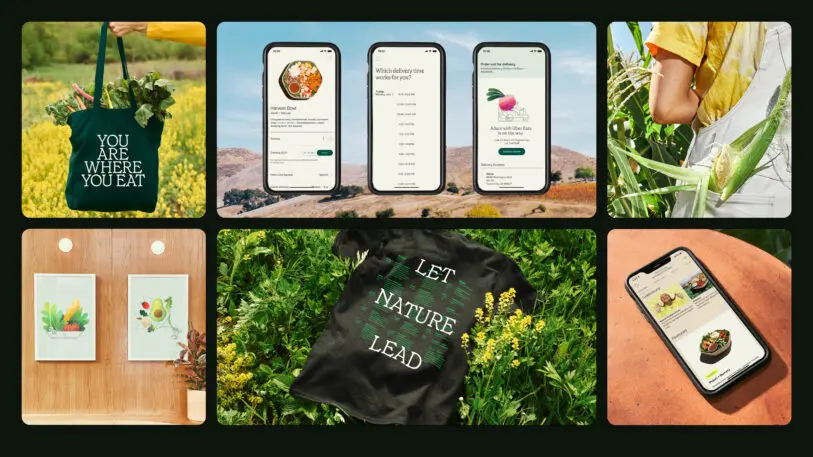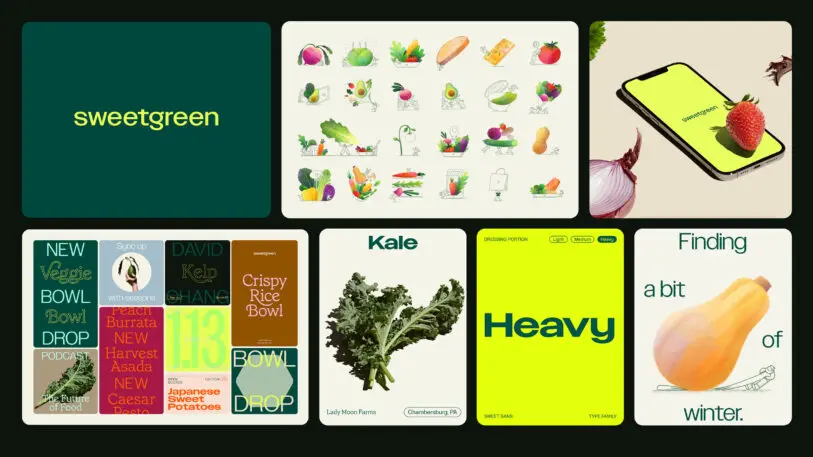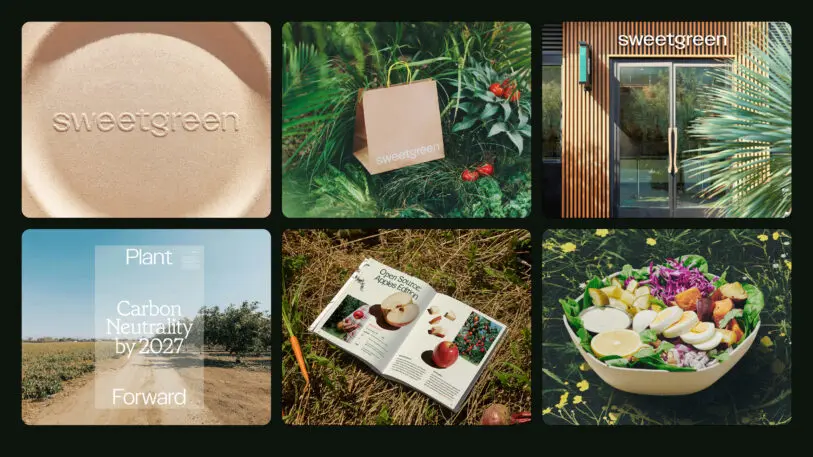Burgers. Fries. Milkshakes. Cartoon mascots and toy giveaways. It’s easy to understand why fast-food packaging is so irresistible. But when Sweetgreen launched its new brand in 2021, developed in conjunction with Collins, the salad chain proved that healthy branding can be every bit as enticing as the flame-broiled stuff. Which is why Sweetgreen is the winner of our 2022 Innovation by Design Award for Branding.
Sweetgreen’s brand refresh includes a new logo, typography, and color treatments, and even promotional photography that stuck a piece of lettuce right between the teeth of brand ambassador Naomi Osaka. As with any good brand, the execution isn’t about any single component, but the sum of its parts—a point on which Sweetgreen excels.



“We took a lot of that imagery around more faded, organic-looking photos to make it look like you’re in someone’s kitchen,” says Ru. Even though you may be browsing through salads on a cold cellphone screen, the food still looks warm and cozy—good enough to eat.
This story is part of Fast Company’s 2022 Innovation by Design Awards. Explore the full list of companies creating products, reimagining spaces, and working to design a better world.
Recognize your brand’s excellence by applying to this year’s Brands That Matter Awards before the early-rate deadline, May 3.
